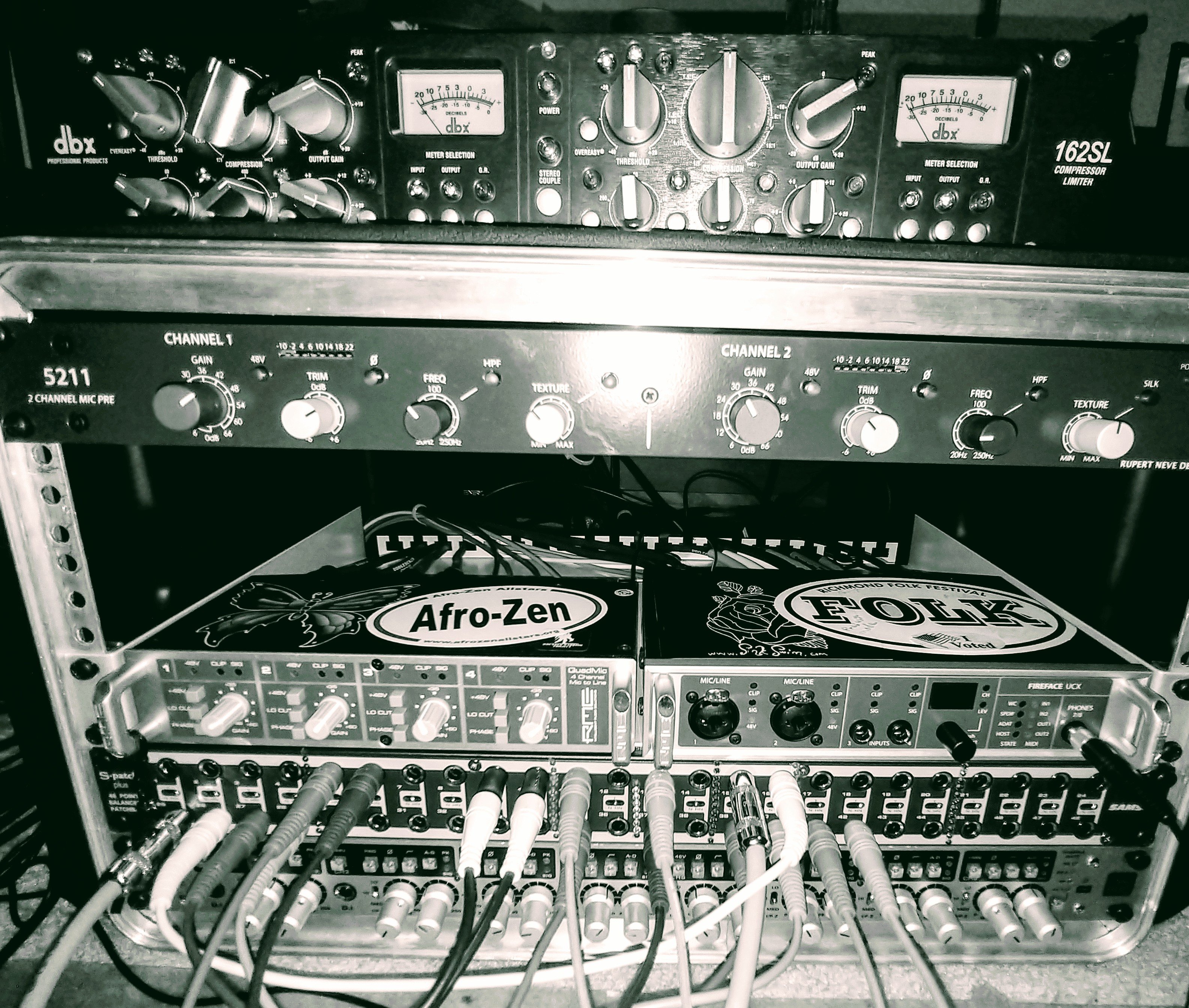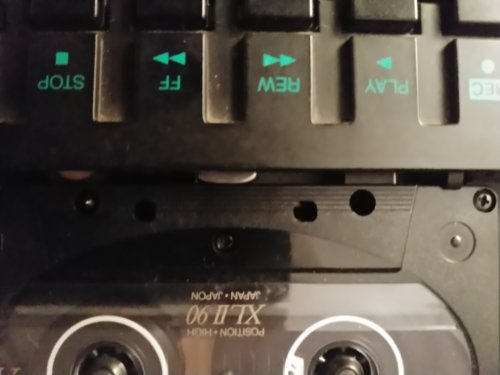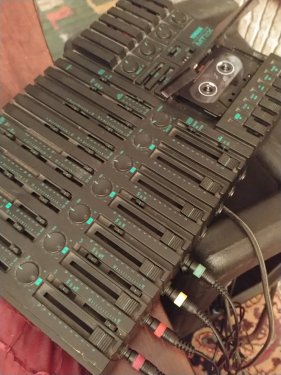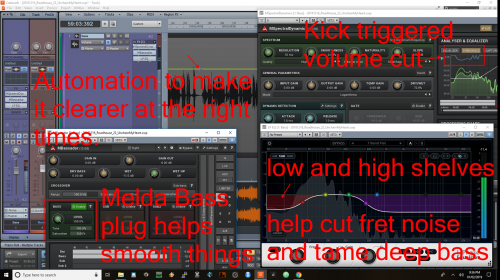-
Posts
1,480 -
Joined
-
Last visited
-
Days Won
1
Everything posted by Gswitz
-
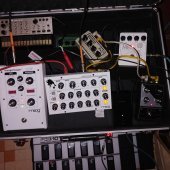
(RESOLVED) Plug-in Manager painfully slow since 2018.11 update
Gswitz replied to Ben Chase's topic in Cakewalk by BandLab
I never organized my few hundred plugins. I know what they are and find them easily. I usually just type the name in the browser. Seems like Noel likes me best and built me exactly what i needed. #I'm the favorite -
The mt2x isn't mine. Its my friend's. When i made the recording in December of this band... http://gswitz.blob.core.windows.net/tunes/20181216_Roadhouse.html The guitarist was talking about how he'd love to do tape because it changes how he feels during his performance. I mentioned it to my buddy and we wanted to try, so we broke out his 4 track to see what we could do. The answer was unfortunately nothing since we couldn't get it working. I don't think given my budget that i can spend money on the tape deck for the flight of fancy.
-
Maybe alt i does something? Auto adds the gooderizer?
-
Ctrl i toggles pc.
-
The deck we were trying to get working was a MT2X. Motors were shot? I'm not sure. I'm back home now. I brought over all my kit so we could practice mixing the band into the 4 track. So bummed when we couldn't make it go. It would have been completely awesome to make a respectable recording with a single take live onto that 4 track. Kinda like when a math teacher makes the kids leave their calculators in their backpacks. ?
-
Thanks! My friend thinks he has an old mt1x but we haven't been able to find it under the house.
-
We considered using a vintage 90s dac when tape fell through. ? Back to the old standby.
-
How much does double speed cassette increase fidelity? We are down to considering a live 16 track mix to stereo cassette. That's not likely to come out very well.
-
It's still messed up. I was sho excited to record a full band to tape. ?
-
-
Omg you can make terrible recordings with this thing!!
-
We tried to use an old four track. Put in the tape. Pressed play. Pressed stop. Thehead doesn't retract. Any ideas? We can't remove the tape. Power off. Power on. Mash buttons.
-

"Never record audio to the drive used for DAW etc.."
Gswitz replied to steve trusty's topic in Cakewalk by BandLab
I do what scook describes. -
Idk what sequencer view is. Console view? Have you hidden the midi tracks in the console view? H should show hidden tracks.
-
You got me. New project and move your stuff to it? I think that would be my next step if i was you.
-
B toggles browser. I never cared about state because i change it easily. It can be floated and closed.
-
Already subscribed. ?
-
Try hitting E to bypass all FX before opening the synth. See if that helps. There may be another plugin that doesn't like the audio stuff that happens as the synth pops open.
-
I struggle with bass more than any other instrument. I like to be able to hear it properly. On my most recent project I didn't blend direct and mic'd bass. I just used the mic'd bass track. Attached is an image of the fx I'm using with some text as to why. The recordings are here in case you want to listen to see if you like how it came out http://gswitz.blob.core.windows.net/tunes/20181216_Roadhouse.html At the bottom of Scook's link are some cheat sheets you might find helpful. Part of your problem may be that you don't play a ton of bass. Try finding a bass player to help you some. The fx are mspectraldynamics sidechained with the kick drum. You could use any sidechainable compressor for this... Melda MBassador. This is a little bit of saturation, I think. If you don't own the plug, try some tube saturation. LP EQ >> Cakewalk.
-
Works fine for me. I use my FCB1010 with TH3. But TH3 can't be in the Pro Channel for some reason. It has to be in the FX Bin. I can change patches or enable and disable pedals. Use expression. Start and stop the looper etc. All with my feet.
-
It was interesting. I don't tend to record multi-track drums separate from the band, but I can see why you would and why you would want to tighten them up.
-
@Steev You mention doing large multitrack live recordings with sonar/cakewalk. I want to speak to that. On a power failure or abrupt shutdown, sonar will lose all unsaved data, last time I checked. On a drop-out case, sonar stops recording and doesn't resume. Until you notice, you are losing tape. Rme digicheck is what I use for live recordings. In my tests, you can pop the battery out of an unplugged laptop while recording and not lose more than a couple of seconds of tape. It's magic. Additionally, when digicheck loses a buffer, all tracks miss exactly that buffer and keep recording. There is a warning. This means that if you do something stupid to cause a brief interruption, you don't lose more than you must. On the plus side, sonar/cakewalk has the nice wave forms that help you get your levels set properly. I like that you can scale them up four easy reading.

